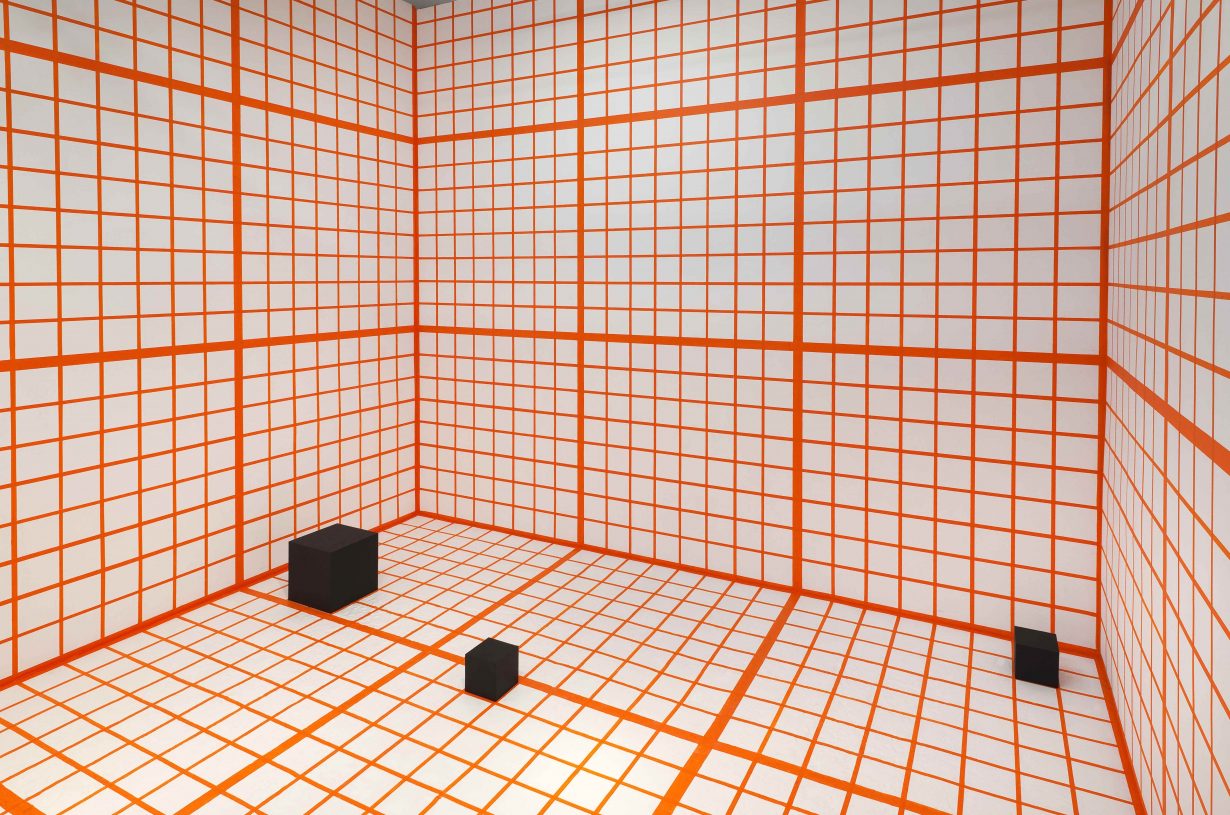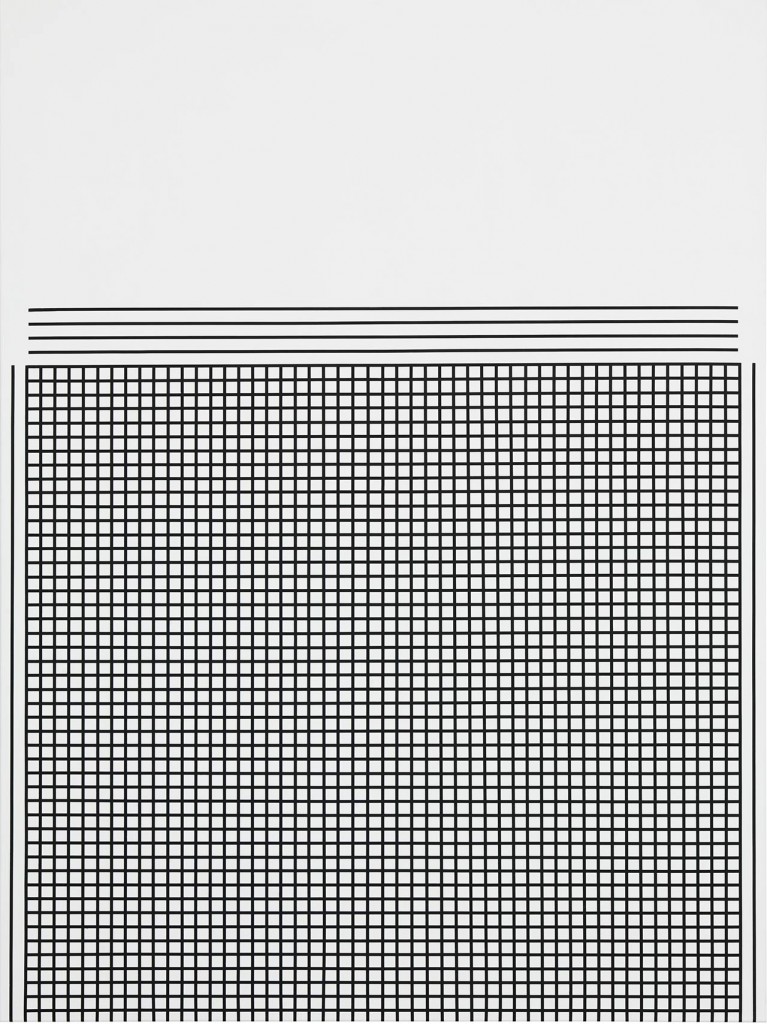
The whole death of originality is bogus, propped up with poor arguments and logical fallacies. I finally stumbled upon the dragon’s den, decided to confidently stride inside, and found the dragon was just a stuffed carcass.

To do so is to come up against a fire-breathing dragon, a real man-eater. Rosalind Krauss, self-styled liquidator of modern, avant-garde art.īut do we know where the idea that originality is dead came from, and is such a damning idea itself immune to challenges? The idea was popularized in the art world by the critic, Rosalind Krauss, and is so sacred and accepted that few dare question it. However, to do so would be to condemn yourself as hopelessly antiquated and irrelevant. You’d think artists would rebel, like scientists who were told there’s nothing left to discover, and try to prove it wrong. We’re washed up and have been for about a century.

doi:10.2307/778321.It is accepted wisdom in the art world today that our species is no longer capable of originality.

Coils of dough were rolled out by hand, carefully woven then baked in an oven. The final part of this process was to digitally photograph each sculptural weaving, sending the objects into an immaterial dimension of pixels. In some cases, chemical reactions were created within the dye to alter its pH, resulting in a new colour. The salt dough was made by mixing equal parts flour and salt into a bowl, combining water mixed with dye. These strands were then carefully woven, bisque fired, glazed and re-fired. The clay was kneaded with the hands, shaped into strands by rolling and elongating each lump of clay. These basic materials went through numerous processes to end up at their final stage. Clay, pure cotton fabric, salt, flour and dyes made from plants and spices were used. I used the repetitive, grid-structured activity of weaving in order to organise my ideas. Partially processed materials became the raw materials for this work. We take material and process it, giving it new form as an object or consumable item. While making this work, I was thinking about nature and how we as humans extract from the Earth. During the modernist movement, Bauhaus artist Anni Albers used her vast knowledge of ancient weaving techniques and applied it to the concept of modern architecture. Threads converge at right angles, which provides structure. Weaving is an ancient process that operates on a grid system.

She says that “it is what art looks like when it turns it’s back on nature”. In her text The Grid, Rosalind Krauss says that the grid is an “anti-natural and anti-mimetic form”.


 0 kommentar(er)
0 kommentar(er)
